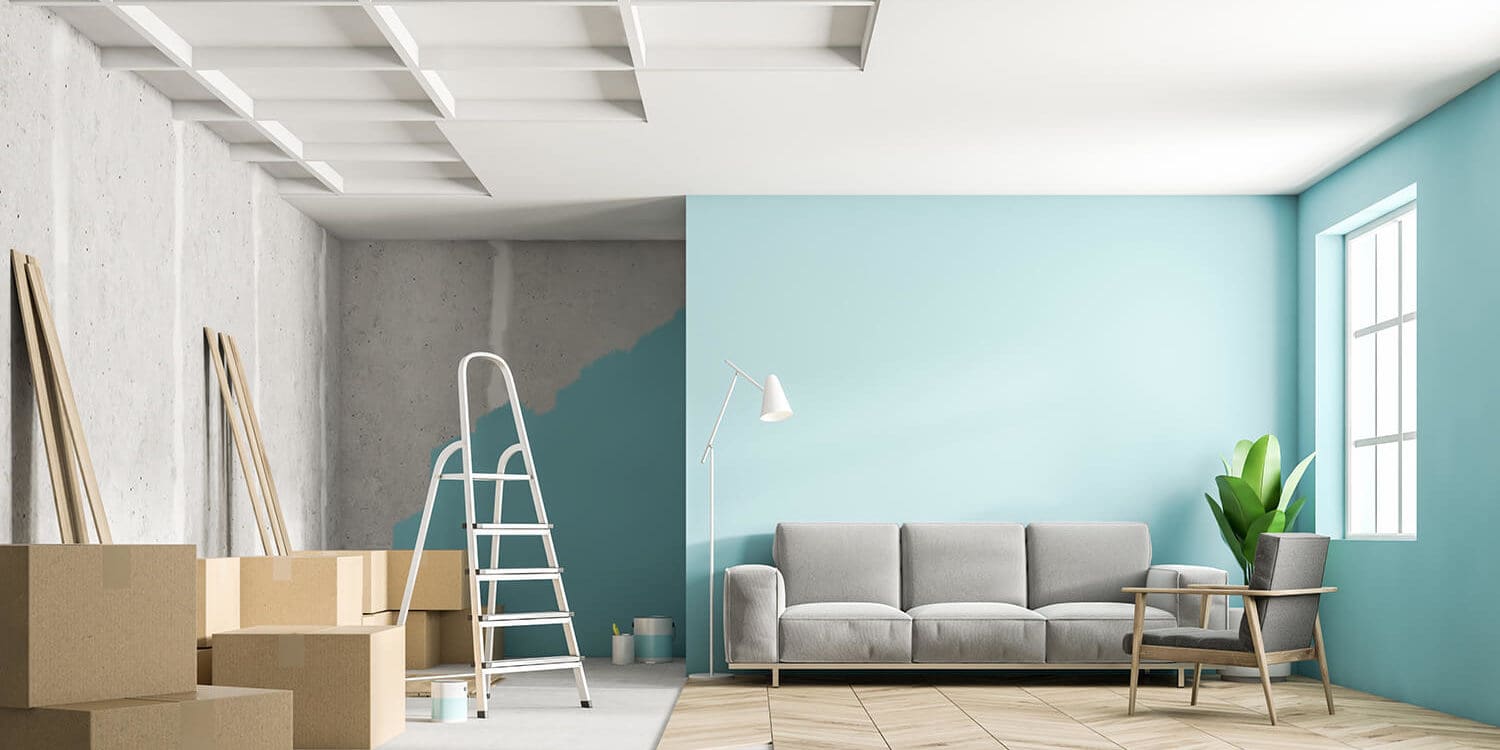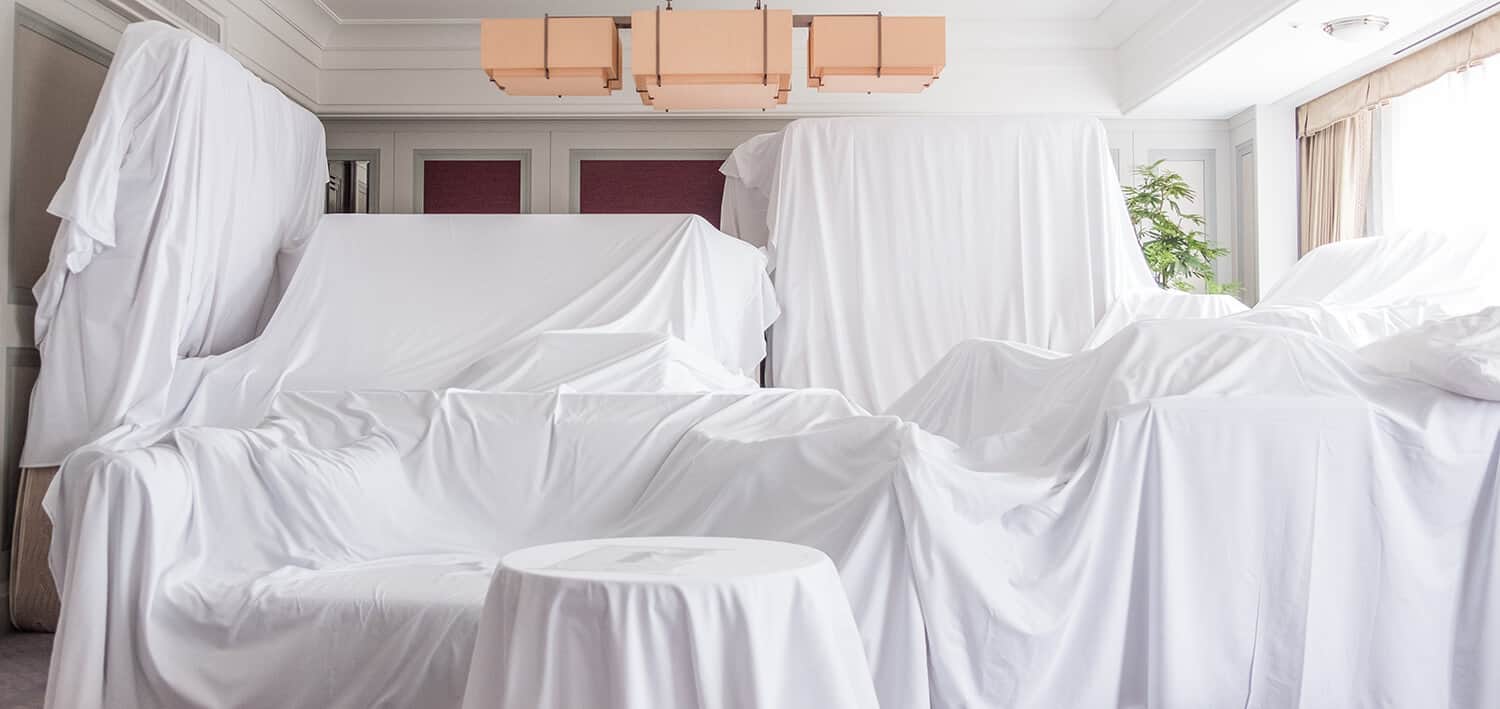If you’ve got a painter and decorator coming in to give your home a revamp and a little TLC, you’re probably sighing with relief that you won’t have to take on the skilled and technical part of the job.
While you can relax safe in the knowledge that the experts have the difficult bits covered, there are certain steps you can undertake yourself to make sure the area is ready to be painted, and that your painters can come in and get straight to work.
Remove your smaller objects
The number of smaller objects, ornaments, and knick-knacks that you’ll need to remove from a room probably depends on what room it is; rooms such as living rooms, playrooms, bedrooms etc are often likely to have more than a bathroom. But it’s still important to make sure you’ve moved them away from the area that’s being painted and stored them safely elsewhere.
If you’ve got smaller pieces of furniture that you still need to keep in the room, e.g., bedside tables, dressers, chest of drawers, it’s advisable to move them into the middle of the room (where possible) so that you’ve still got access to them, but they’re out of the way for the painter coming in to work.
Take down frames, mirrors, and wall hangings
Again, the number of frames, mirrors, posters, or wall hangings will vary from room to room, but it’s essential that you take them down, wipe or brush away and dust or cobwebs that might have formed behind, and either wrap them or protect them before you move them to be stored elsewhere.
Even if you’re planning on putting them back in exactly the same place, it’s still a good idea to take them off the wall – so that in future if you do decide to change up your decorations and accessories, the wall will still be all the same colour. Whether you take the nails out of the wall is up to you/ the preference of your painter, but you might get away with leaving the nails in the wall and having it painted over so that you can then rehang your mirrors or frames in the same spot.
Protect your soft furnishings
As we mentioned earlier in this article, it’s always a good idea to take as much of your furniture as possible out of the room being painted, so that your painters have room to move around freely without the risk of an accident.
If you have soft furnishings such as beds, cots, sofas, chairs etc that can’t really be stored in another room, then you should aim to get them into the middle of the room and then covered with either dust sheets or plastic sheets so that they’re covered and protected from any paint splashing, dripping, or generally going astray.
Unscrew covers and fittings
Where it’s safe to, you can also unscrew covers and fittings such as light switch covers and plug socket coverings, so that you/ your painters and decorators don’t have to fumble around covering the edges in masking tape to avoid them accidentally ending up with paint on them.
If you’re unsure whether it’s safe to remove certain coverings or fittings, it’s always best to wait until the professionals have arrived. That way, you can ask them whether it’s better to remove them or opt for protective tape.
Similarly, if you have a TV mounted to wall, you’re having painted, or any other electronics in the way then you should take them off the wall and either cover them and place them in the middle of the room, or store them safely elsewhere.
Get your walls ready for painting
Once you’ve removed all accessories, taken off coverings where applicable, and covered/removed soft furnishings, you’re ready to get your walls into shape. If you’ve got any cobwebs, pet hair or dust (we’ve all got them!) then you can either brush them away or use the hoover to clean them away.
You’re then ready for step two – getting rid of any of the old paint that might be flaking away and removing any substances that might be on the surface you want to paint. Skipping this step could mean that the paint doesn’t adhere properly to the surface and will be more likely to peel off. While the dry debris (dust, pet hair, cobwebs) can be wiped off with a microfibre cloth, brush or hoover, tackier material such as grease will need to be washed off with a solution of dish soap and water.
It’s important to clean and prep all the surfaces that you’ll be painting. That includes walls, ceiling, and skirting boards. It may even be that during cleaning you’ll find damage to the wall/areas that need a deeper clean with something such as a grease-cutting detergent, and it’s important to tackle these jobs before your painter arrives.
If you’re ready to revamp your home but don’t quite know where to start, give us a call and we’ll guide you through the process!









